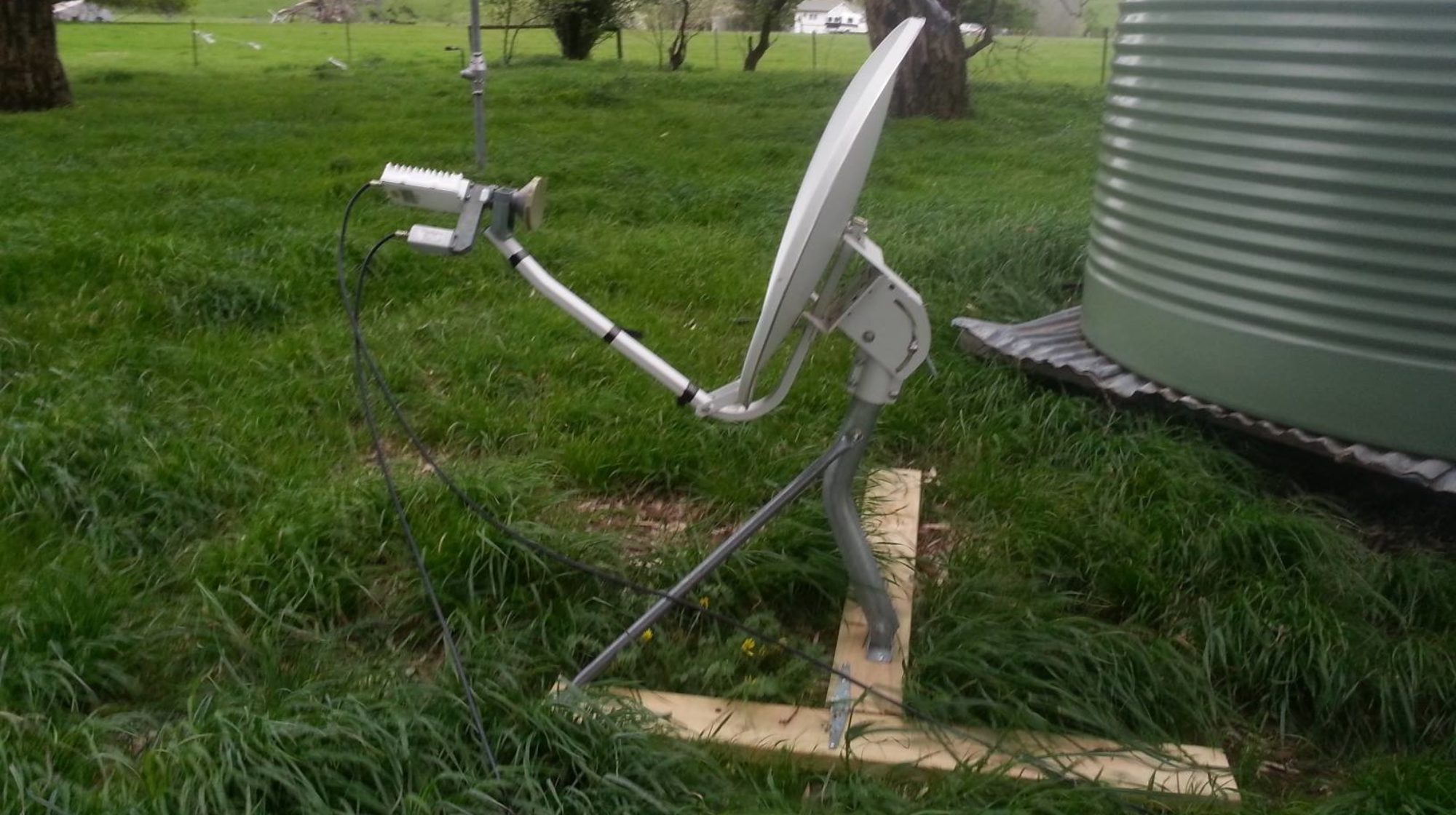(DRAFT)
The above image attempts to stimulate the mind of readers, means to reconsider information management environments as info spheres, where designs can be made; to make humans the primary knowledge fiduciary, as can in-turn provided infrastructure support for diversity and shared benefit.
In so doing; relations form the informatics heuristics, relating decisions made by groups who are in-turn legally obligated to operate some form of ledger to provide support for legal personalities (legally recognised groups) and derivatives, as orchestrated by humans, in so doing.
In this image; The relations between natural persons (“natural agents”), companies (Legally recognised groups), artificial actors (software agents), commons and things (property such as devices) are provided the means to make use of ‘commons informatics’ which provides the imperative function of supporting the means for ontological declarations to be made and made use of; in relation to informatics artefacts communicated with any further sense of proprietary custodianship.
When conjoint; the intent is to make a modal environment; designed to be used as a basis for the growth of a knowledge economy. In this way, it is considered to be an engineering feat that is ‘fit for purpose’; for
- the continuance of geopolitical & socioeconomic operations of commerce, by way of the multi-modal form of fiduciary instruments; and,
- The management of artificial intelligence by way of forming the frameworks for which it functions as an extension to natural personhood; and,
- The means in which to establish non-linear information management system for the operation of personal inforgs as to make possible a broader interoperable environment of information spheres.
The intention of this design is to forge apparatus required to restructure the constituent, electronic embodiments and influencing ‘information systems’ relating to human ‘consciousness’. The purpose being, to define the manner through which meaningful custodianship and electronic use be therefore reunited with the human person (aka “data subject”); otherwise employed through interactions with other agents; the structural redesign practice method, is purposefully applied to provide meaningful capacity of maintaining personal custodianship of the inforg and its use in provisioning a dynamic electronic information storage, knowledge engine; as is otherwise relied upon by the ‘data subject’.
Considered important also; is the means through which this can be achieved through the use of royalty free technologies. Without the meaningful utility of ‘royalty free technologies’, which are in-turn brought about through patent-pools and internet governance related infrastructure; the ability to support human kind, to be the beneficial owners of information about their being, in a portable format, would have been made impossible. Yet as this work has been done, the means to produce and consume, in relation to the use of internet infrastructure, defined schema; as to define new schema, for the ontological maintenance of the “cyber self”, is in-turn brought about.
The present embodiment has been architecturally illustrated in various forms on this site; in a lightly coupled alliance with others worldwide such as to have included the practical and material support of those; such as to include many groups of actors working on human custodianship; involving most of the worlds most prominent incorporated groups of contributors alongside individual contributions made on a voluntary basis. These works, now make it possible to advent, a new forum of discovery and enlightenment; in a manner that has no equal. These works are founded upon the meaningful use of these collective works; attending to the principles of the World Wide Web in so doing, whilst not dependent upon HTTP Specifically. The manner in which these systems bring to effect the means in which to electronically render a topological environment in which the communications may be provided the support of inference, is by way of machine readable ontologies as made possible by Resource Description Framework (“RDF”) or as is otherwise known, linked-data; which is URI dependent overall.
Linked-data provides the means in which a vocabulary may be produced as to form in natural language, machine-readable ontologies; which are made-use of to structure the information environment stored in an inforg. This provides the means to furnish support for machine-learning and the assertion of rules to make use of otherwise unstructured semantics.
Each actor forms and manifest their own formative ontological structures, in which to make useful to others, the means to refer and denote exchange values between two forms, derivatives and the means to assert permissions as is used to formulate defined statements and principles in a machine-readable format; that is in-turn used by other actor / agent; in a dynamic temporally notated format; that makes use of the information that has been made available in the past, alongside the means in which to traverse into the present and by linguistics or other language; define the sphere of informatics in a conjoint manner with others; in consideration of, ‘moral grammar’, social contract, citizenship and socioeconomic rights and responsibilities of participation.
Through these ontologically defined inforgs, broader inferences are able to be considered as Humanity becomes by derivative of graph architectures, the custodians for the information environment in which truth is without equivalence.
